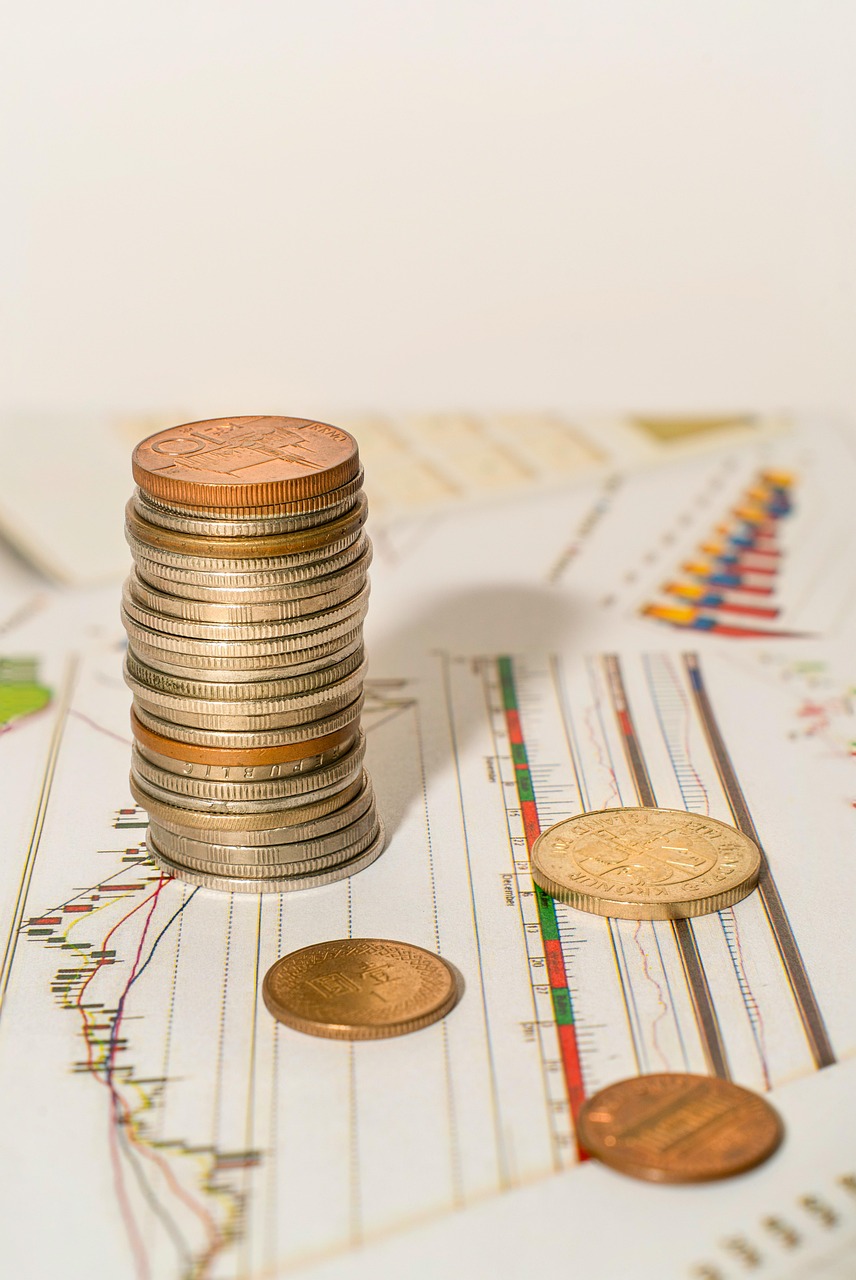
In 2025, the global economy is grappling with a significant slowdown. Several macroeconomic forces—ranging from fragile consumer demand to rising trade tensions—are converging to reshape growth trajectories around the world. Leading global institutions are warning of a multi-speed recovery marked by uncertainty, divergent regional outcomes, and structural disruptions. This article offers an in-depth overview of the major economic challenges and opportunities defining the global landscape in 2025.
1. A Weaker Global Growth Outlook
1.1 Global GDP Falls Below Historical Averages
For the first time since the immediate post-pandemic period, global GDP growth is projected to fall below 2.5%. Economists across the IMF, World Bank, and private forecasting agencies predict global expansion will hover between 2.3% and 2.9%, significantly below the long-term average. This decline is driven by a combination of tightening financial conditions, weak private investment, and reduced trade volumes.
1.2 US Economy Slows Amid Consumer Fatigue
The US economy, which previously demonstrated robust post-pandemic recovery, is now showing signs of fatigue. Slower job growth, declining retail activity, and weaker housing performance have all contributed to projections of only 1.5% GDP growth in 2025. While inflation has moderated, consumer sentiment remains cautious, affecting demand for goods and services. Federal Reserve monetary policy is expected to remain conservative, delaying interest rate cuts until at least 2026.
1.3 Global Business Investment Stalls
Private investment is slowing in both developed and developing economies. Companies are holding off on capital expenditures due to rising input costs, inconsistent trade policies, and long-term policy uncertainty. Business confidence surveys reflect increased concern about profitability, supply chain resilience, and regulatory overreach particularly in Europe and North America.

2. Trade Tensions and Deglobalization Risks
2.1 Trade Growth Slows Sharply
One of the key contributors to the global slowdown is the stagnation in international trade. Trade volume growth has decreased to under 2%, with global trade as a percentage of GDP shrinking for the third consecutive year. The persistence of tariffs, increased use of sanctions, and nationalistic economic policies have all contributed to a sharp reduction in cross-border business activity.
2.2 Protectionism Redefines Global Supply Chains
Protectionist policies are driving companies to reconfigure supply chains away from traditional trade routes. The reshoring and near-shoring trends have gained momentum in response to rising transportation costs, geopolitical risks, and domestic policy incentives. While these adjustments aim to improve national economic resilience, they have introduced inefficiencies and reduced the comparative advantage of global trade.
2.3 Long-Term Risks of Deglobalization
Deglobalization, once a theoretical concern, is now a real structural shift in global economics. Experts warn that reduced interdependence may dampen innovation, slow productivity growth, and increase production costs. Countries that rely heavily on export-led development are especially vulnerable to the global retreat from open markets.
3. Regional Differences: A Fragmented Recovery
3.1 Europe Faces Structural Challenges
Europe’s economic outlook remains weak, particularly in major economies like Germany and France. Germany is expected to enter its third consecutive year of economic stagnation, facing challenges related to energy transition, labor market rigidity, and industrial competitiveness. Southern European nations are faring slightly better due to tourism and fiscal support, but overall eurozone growth is projected to remain below 1.2%.
3.2 China’s Growth Moderates
After leading global growth in the early 2020s, China’s economic expansion is showing signs of moderation. Demographic decline, waning real estate investment, and cautious consumer behavior are all putting downward pressure on growth, which is forecast around 4.3%–4.5% in 2025. Export performance has been uneven, and the government is focusing on domestic demand stimulation and technological self-sufficiency.
3.3 India Emerges as a Growth Leader
India is rapidly becoming the standout among emerging markets. With estimated growth near 6%, driven by strong domestic demand, infrastructure investment, and regulatory reforms, India is positioning itself as a resilient economy amid global uncertainty. The country is also attracting increased foreign direct investment as companies look to diversify away from China.
3.4 Latin America and Africa: Uneven Performance
Latin American countries such as Brazil and Mexico are facing mixed results—affected by commodity prices, currency volatility, and political transitions. Africa’s growth is uneven as well: while Nigeria and Kenya show promise, others continue to battle inflation, debt, and governance challenges. Regional cooperation and foreign investment will be key to sustaining momentum.
4. Financial Markets and Investment Trends
4.1 Equity Markets Defy Gravity
Global equity markets have posted surprising gains in the first half of 2025, primarily driven by technology and AI-related stocks. Investors are optimistic about long-term innovation even as macroeconomic fundamentals remain weak. Tech-heavy indexes like the NASDAQ and India’s NIFTY 50 have reached record highs, though market analysts warn of overvaluation and volatility risks.
4.2 The Rise of AI and Green Tech
Artificial intelligence and renewable energy sectors have attracted substantial capital inflows. Venture capital, sovereign wealth funds, and multinational corporations are heavily investing in AI startups, battery technologies, and green infrastructure. These sectors are now viewed as hedges against inflation and are helping offset losses in traditional industries like manufacturing and retail.
4.3 Debt and Inflation Remain Persistent Risks
Despite improvements in inflation metrics, household and national debt levels remain at record highs. In the United States, debt service costs now rival defense spending, while European countries are struggling with new fiscal rules. Developing countries, in particular, face debt distress due to higher borrowing costs and currency depreciation.
5. Policy Responses and Strategic Shifts
5.1 Central Banks Maintain Cautious Stance
While inflation has largely retreated, central banks across the globe remain hesitant to reduce interest rates aggressively. The Federal Reserve, European Central Bank, and Bank of England have all indicated that monetary loosening will be slow and data-driven. Meanwhile, central banks in emerging markets are under pressure to maintain currency stability and contain inflation.
5.2 Government Stimulus and Infrastructure Spending
In response to the economic slowdown, several governments have announced new fiscal measures. These include targeted stimulus packages, infrastructure projects, and social welfare extensions. Investment in green and digital infrastructure is prioritized in many countries to support long-term competitiveness.
5.3 Trade Reform and Multilateral Cooperation
Policy experts emphasize the need for global cooperation to restore trade flows and economic stability. Organizations such as the WTO, G20, and IMF are pushing for coordinated policy frameworks to reduce protectionism, improve debt relief, and accelerate sustainable development. However, political fragmentation continues to challenge the pace and scope of international cooperation.
6. Consumer Behavior and Labor Markets
6.1 Shifts in Consumption Patterns
Consumers are becoming more cautious, prioritizing essential goods and services. E-commerce continues to grow, but physical retail remains sluggish. Housing markets are also slowing, with affordability constraints and high interest rates reducing demand, especially among younger buyers.
6.2 Employment and Remote Work Trends
The labor market has entered a phase of recalibration. While unemployment remains relatively low in advanced economies, labor force participation is uneven. Remote and hybrid work models have become permanent fixtures, creating new challenges in urban planning, productivity measurement, and taxation policy.
7. Opportunities and Long-Term Outlook
7.1 Innovation as a Growth Engine
Despite the economic headwinds, innovation continues to flourish. Breakthroughs in biotechnology, AI, quantum computing, and space exploration are fueling investor optimism. Countries that prioritize innovation policy and digital infrastructure are likely to emerge stronger in the next growth cycle.
7.2 Sustainability and ESG Priorities
Environmental, social, and governance (ESG) concerns are reshaping corporate strategies. Companies are increasingly aligning with net-zero goals, ethical sourcing, and social equity standards. Government regulations and investor demands are accelerating this transformation, creating both challenges and opportunities for global businesses.
The global economic slowdown in 2025 presents a complex landscape filled with risk and opportunity. Sluggish growth, trade fragmentation, and debt pressures are testing resilience across countries and sectors. Yet, amid these challenges, there are engines of optimism—India’s robust growth, the rise of AI and green technology, and sustained innovation across key industries. As the world navigates this economic transition, informed policy decisions and strategic investment will be crucial to ensuring sustainable and inclusive growth.
In 2025, the world stands at a crossroads. From geopolitical strife to climate catastrophes and technological disruption, this year has already proven turbulent. Governments, corporations, think tanks, and citizens alike are bracing for consequences that may define the decade. This in‑depth analysis explores key themes driving global headlines, contemplates their projected impact, and outlines what to watch in the coming months.







